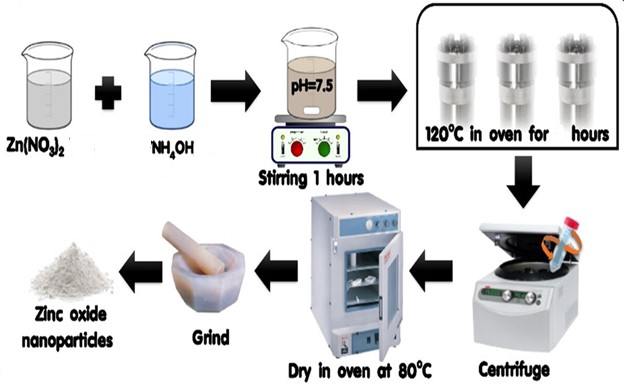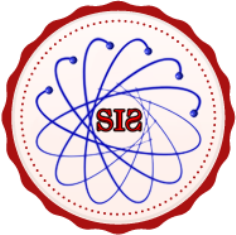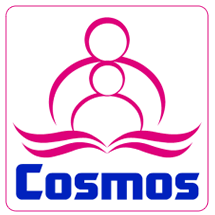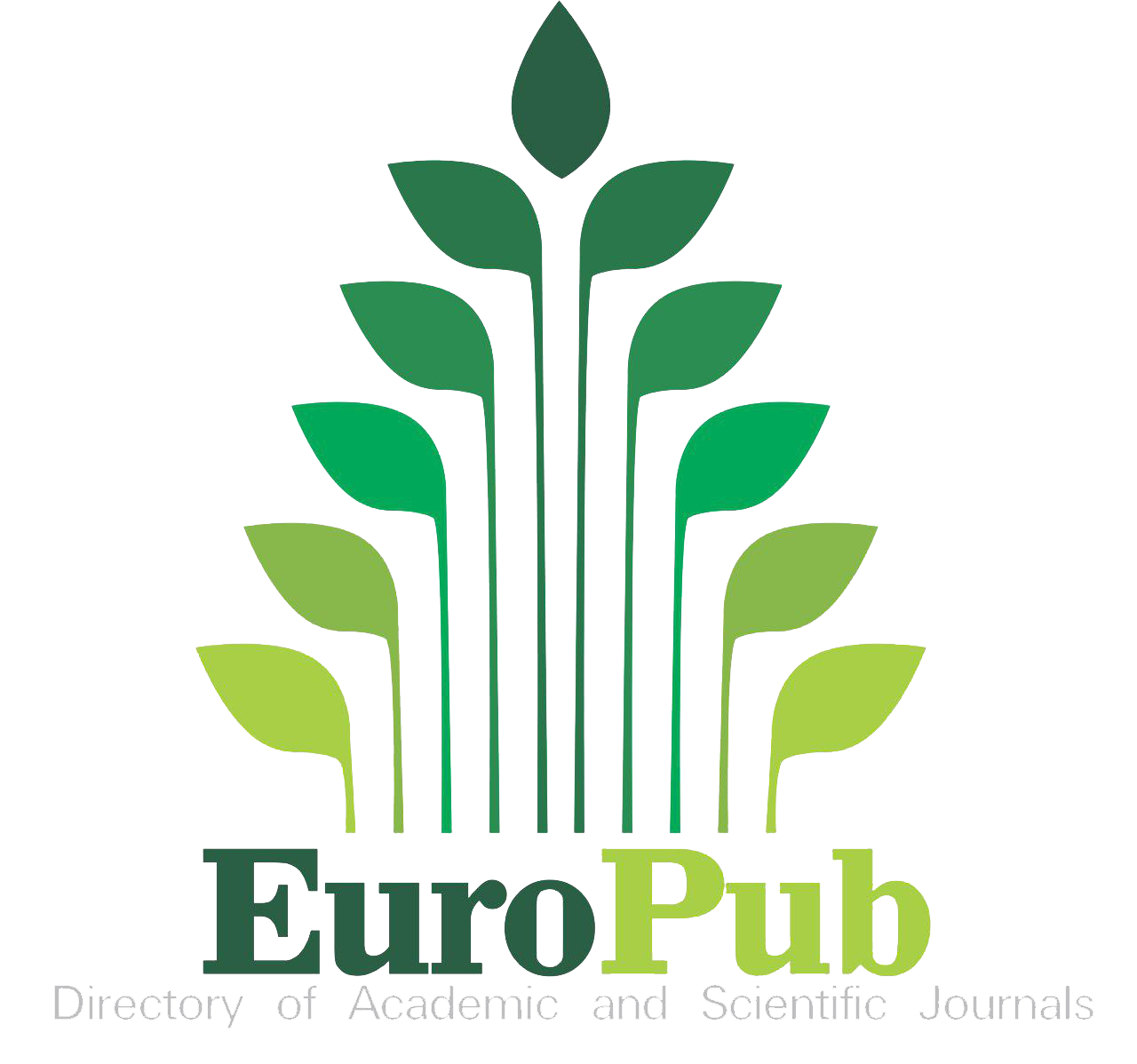Research Article Hydrothermal Synthesis and Characterization of Zinc Oxide (ZnO) Nanoparticles for Glucose Sensor
Keywords:
Zinc oxide, XRD, UV, Glucose, Cyclic Voltammetry, NanoparticlesAbstract
Zinc oxide (ZnO) nanoparticles have gained notable attention for their multifunctional role in biomedical applications, particularly in non-enzymatic glucose sensing. In this work, the hydrothermal synthesis of highly crystalline ZnO nanoparticles with controlled morphology and size is achieved under optimized reaction parameters. Comprehensive physicochemical characterizations were performed using X-ray diffraction (XRD), and UV-Vis spectroscopy, confirming the formation of phase-pure hexagonal wurtzite ZnO with nanoscale dimensions and high surface purity. The optical analysis revealed a direct bandgap energy of ~3.3 eV, supporting efficient electron transfer kinetics. Electrochemical investigations demonstrated excellent glucose sensing performance, including long-term stability, high sensitivity, rapid response, high sensitivity, low detection limit, rapid response time, and long-term stability, attributed to the enhanced surface reactivity and electron transport of the nanostructures. These findings not only advance the understanding of ZnO nanostructures in glucose biosensing but also position hydrothermally synthesized ZnO nanoparticles as a cost-effective and scalable candidate for integration into next-generation biomedical diagnostic devices.
References
C. Hanley et al., “Preferential killing of cancer cells and activated human T cells using ZnO nanoparticles,” Nanotechnology, vol. 19, no. 29, p. 295103, Jun. 2008, doi: 10.1088/0957-4484/19/29/295103.
S. Lanone and J. Boczkowski, “Biomedical Applications and Potential Health Risks of Nanomaterials: Molecular Mechanisms,” Curr. Mol. Med., vol. 6, no. 6, pp. 651–663, Aug. 2006, doi: 10.2174/156652406778195026.
T. J. Agnieszka Kołodziejczak-Radzimska, “Zinc Oxide—From Synthesis to Application: A Review,” Materials (Basel)., vol. 7, no. 4, pp. 2833–2881, 2014, doi: https://doi.org/10.3390/ma7042833.
X. Wang, Y. Ding, C. J. Summers, and Z. L. Wang, “Large-scale synthesis of six-nanometer-wide ZnO nanobelts,” J. Phys. Chem. B, vol. 108, no. 26, pp. 8773–8777, Jul. 2004, doi: 10.1021/JP048482E;JOURNAL:JOURNAL:JPCBFK;PAGE:STRING:ARTICLE/CHAPTER.
L. S. Panchakarla, A. Govindaraj, and C. N. R. Rao, “Formation of ZnO nanoparticles by the reaction of zinc metal with aliphatic alcohols,” J. Clust. Sci., vol. 18, no. 3, pp. 660–670, Sep. 2007, doi: 10.1007/S10876-007-0129-6/METRICS.
H. T. Ng et al., “Optical properties of single-crystalline ZnO nanowires on m-sapphire,” Appl. Phys. Lett., vol. 82, no. 13, pp. 2023–2025, Mar. 2003, doi: 10.1063/1.1564870.
V. Kabra and M. M. M. Aamir, Lubna, “Low cost, p-ZnO/n-Si, rectifying, nano heterojunction diode: Fabrication and electrical characterization,” Beilstein J. Nanotechnol, vol. 5, pp. 2216–2221, 2014, doi: https://doi.org/10.3762/bjnano.5.230.
S. O. Tan, H. Uslu Tecimer, O. Çiçek, H. Tecimer, Orak, and Altındal, “Electrical characterizations of Au/ZnO/n-GaAs Schottky diodes under distinct illumination intensities,” J. Mater. Sci. Mater. Electron., vol. 27, no. 8, pp. 8340–8347, Aug. 2016, doi: 10.1007/S10854-016-4843-4/METRICS.
A. T. E. Vilian, S. M. Chen, M. A. Ali, and F. M. A. Al-Hemaid, “Direct electrochemistry of glucose oxidase immobilized on ZrO2 nanoparticles-decorated reduced graphene oxide sheets for a glucose biosensor,” RSC Adv., vol. 4, no. 57, pp. 30358–30367, Jul. 2014, doi: 10.1039/C4RA04350B.
S.-C. K. PilHo Huh, Myunghwan Kim, “Glucose sensor using periodic nanostructured hybrid 1D Au/ZnO arrays,” Mater. Sci. Eng. C, vol. 32, no. 5, pp. 1288–1292, 2012, doi: https://doi.org/10.1016/j.msec.2012.04.009.
S. J. Young, Y. H. Liu, Y. L. Chu, and J. Z. Huang, “Nonenzymatic Glucose Sensors of ZnO Nanorods Modified by Au Nanoparticles,” IEEE Sens. J., vol. 23, no. 12, pp. 12503–12510, Jun. 2023, doi: 10.1109/JSEN.2023.3272778.
M.-S. H. Yu-Hsuan Lin, Chandrasekar Sivakumar, Babu Balraj, Gowtham Murugesan, Senthil Kumar Nagarajan, “Ag-Decorated Vertically Aligned ZnO Nanorods for Non-Enzymatic Glucose Sensor Applications,” Nanomaterials, vol. 13, no. 4, p. 754, 2023, doi: https://doi.org/10.3390/nano13040754.
N. B. Dina Bakranova, Bekbolat Seitov, “Photocatalytic and Glucose Sensing Properties of ZnO-Based Nanocoating,” ChemEngineering, vol. 7, no. 2, p. 22, 2023, doi: https://doi.org/10.3390/chemengineering7020022.
Xiaoyu He & Cuiling Zhang, “Recent advances in structure design for enhancing photocatalysis,” J. Mater. Sci., vol. 54, pp. 8831–8851, 2019, [Online]. Available: https://link.springer.com/article/10.1007/s10853-019-03417-8
M. H. Hajara Akhter, Susmita Sarker Ritu, Shahariar Siddique, Fariha Chowdhury, Rehnuma Tasmiyah Chowdhury, Samina Akhter, “In silico molecular docking and ADMET prediction of biogenic zinc oxide nanoparticles: characterization, and in vitro antimicrobial and photocatalytic activity,” RSC Adv., 2024, [Online]. Available: https://pubs.rsc.org/en/content/articlelanding/2024/ra/d4ra06890d

Downloads
Published
How to Cite
Issue
Section
License
Copyright (c) 2025 50sea

This work is licensed under a Creative Commons Attribution 4.0 International License.




















